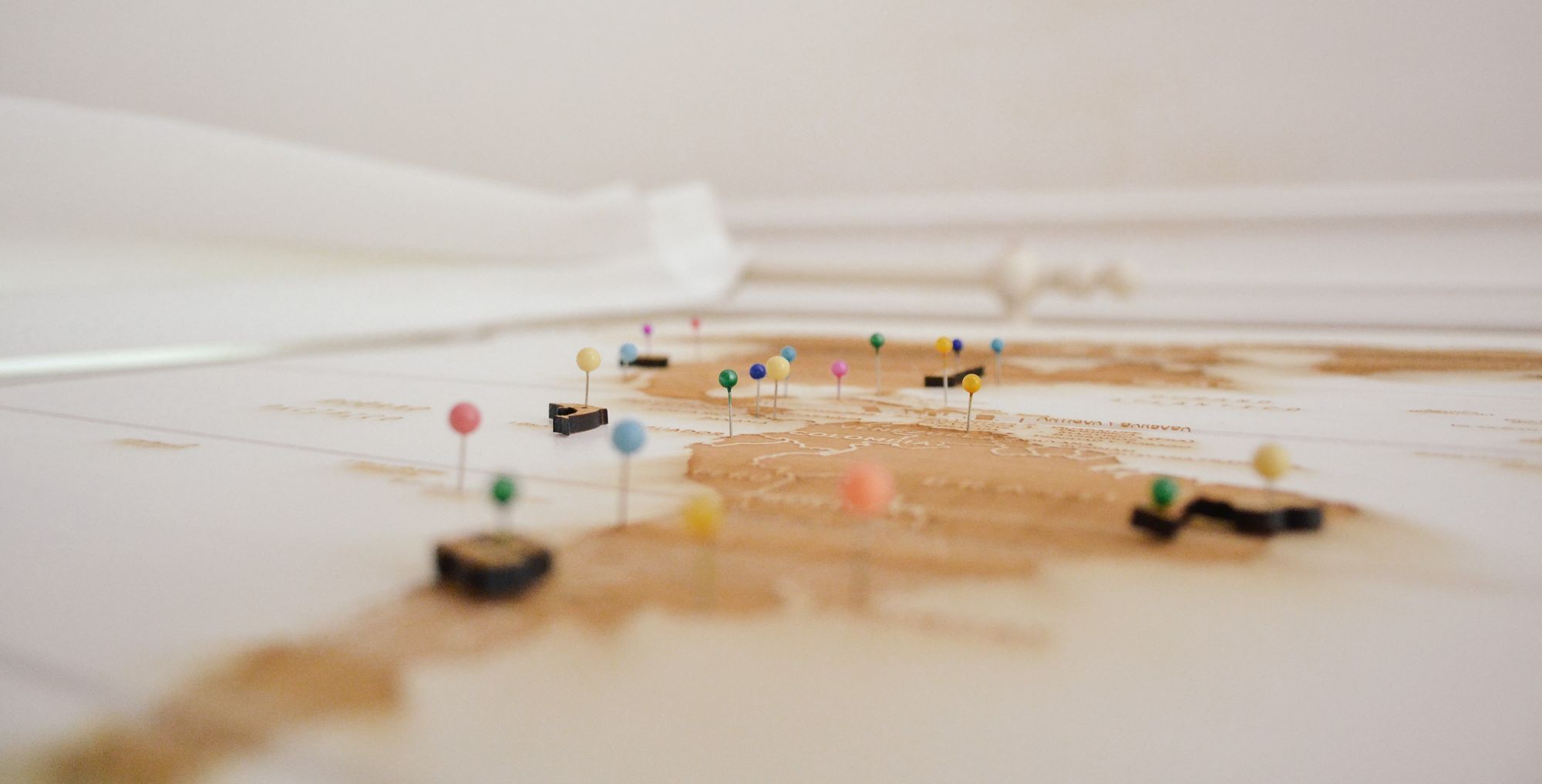So we already talked about why you should care about tracking your anxiety cues. Your anxiety is trying to tell you something. As Amanda says,
“These days I try to think of my anxiety not as my enemy but as my teacher. It often knows that I’m off track before I’m really conscious of it and sends me signals that I need to slow down and assess my needs.”
But how do you go about learning from those signals?
The idea is pretty simple–throughout the day, as you notice you’re anxious, you’ll write down a few things:
- Your cue. What was the sign that told you that you were anxious? Sweaty palms, worried thoughts, procrastinating?
- Your trigger. Can you think what might have triggered or caused you to be anxious? Sometimes it’s obvious. Like you just had a fight with a friend. But sometimes you don’t know. With practice, you’ll get better at figuring out your triggers.
- A rating. Then rate how anxious you were on a scale from 1-5. 1 is just barely anxious, and 5 is as anxious as you’ve ever been.
Over time, a couple things will happen:
- You’ll start to notice your anxiety more. At first this might not feel great. Why would you want to notice your anxiety more? The answer makes sense when you think about it: to gain control of your anxiety, you have to understand it.
- You’ll start to see some patterns. And THIS is where things get interesting.
Patterns in your cues
You may realize a few things. Like maybe your body is tense all the time and you didn’t realize it was because of anxiety. Or maybe you didn’t realize that you tend to start making to-do lists when you’re anxious.
Patterns in your triggers
You’ll start to understand the types of situations that make you anxious. Maybe getting a phone call from your dad always makes your heart race. Or maybe dealing with anything financial causes you to sweat.
Patterns in your ratings
And you’ll start to see how some situations are harder than others. Maybe difficult conversations with your parents are a 4 for you. And asking a coworker to trade a shift with you is a 2.
Once you start to see the patterns, you can start taking steps to help yourself. So, before the really difficult things, you can do something to help yourself. Like taking a walk to clear your head. Or a breathing exercise.
And sometimes just knowing that you might feel anxiety before you feel it can be helpful. Alexis, who struggles with anxiety when traveling, says,
“No longer do I travel with the mindset that I’m not going to feel any anxiety. Now, I expect to feel some, and that makes it a lot easier to handle when I inevitably do. There are other situations where I’ve learned to expect it, and that has actually lessened the symptoms because I’m not fighting them. I’m just letting them be.”
Convinced? Want some help? Sign up for our free text reminders.
For the next four days we’ll text you twice a day–once in the afternoon and once in the evening. We’ll prompt you to think about your anxiety cues, triggers, and ratings. At the end of the four days, we’ll ask you to review what you’ve written to find any patterns.
Not interested in text messages? There are a bunch of mood tracker apps that you might find useful.


